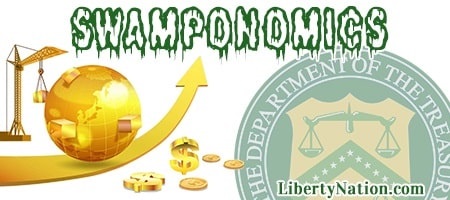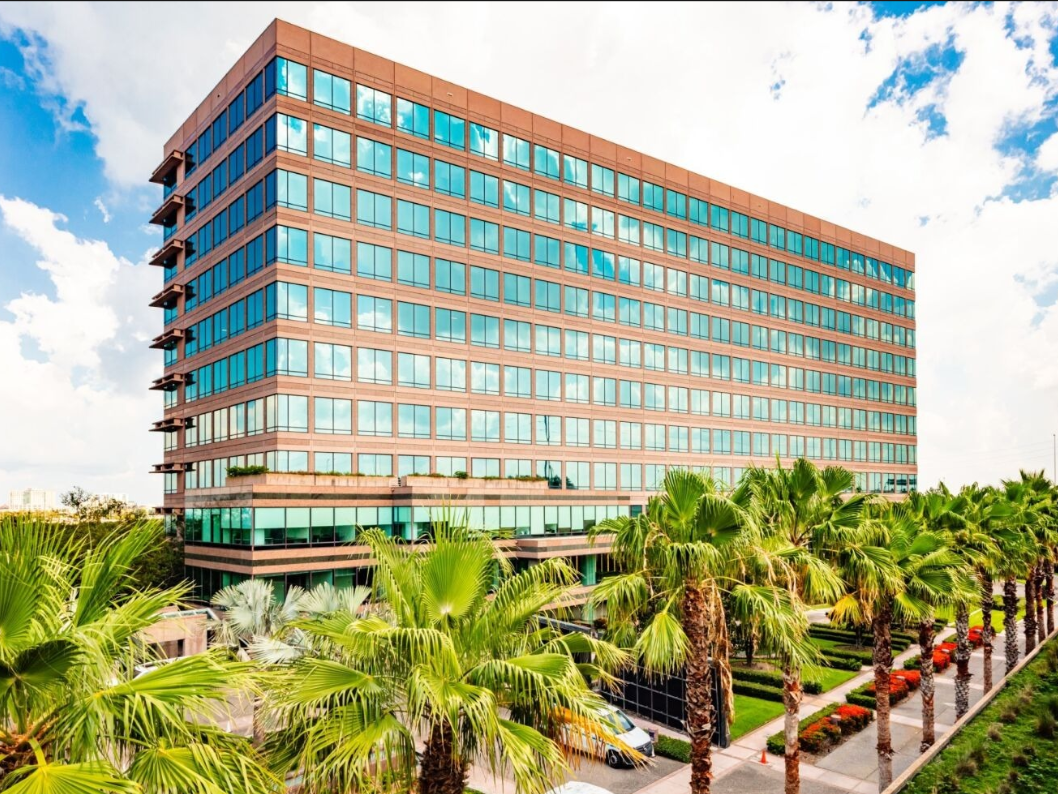Student loan forgiveness is a regressive policy, meaning that it is skewed toward the affluent of today and tomorrow. It is also a program that favors current and future Democratic voters. But the White House disagrees, with President Joe Biden and the Democrats routinely pledging that the administration’s student debt relief plan will only benefit individuals earning under $125,000 or married couples making below $250,000. “Let me be clear: Not a dime, not a dime will go to the top incomes, period. It goes to people who really need it,” Biden said on Oct. 21 at Delaware State University. While critics already point out that this is still a high-income threshold, it turns out that the president has engaged in some good old-fashioned “bait-and-switch,” says the Washington Free Beacon.
Student Loan Forgiveness for the Rich
Biden recently championed the Department of Education’s online application form attracting approximately 22 million submissions. But a single word on the website revealed that the program would certainly benefit more Americans receiving handsome paychecks. The federal government says that student loan forgiveness is applicable to those who earned less than $125,000 in 2021 or 2020. Moreover, there is no mention of 2022, which is mostly gone.
In other words, people could be eligible for taxpayer-funded cancelation of post-secondary education obligations if they made $100,000 in 2020, $500,000 in 2021, and $1 million in 2022. So, this is huge for an initiative that will cost taxpayers as much as $500 billion, based on estimates from the Congressional Budget Office (CBO) and the Penn Wharton Budget Model.
A federal appeals court on Oct. 21 placed a temporary block on Mr. Biden’s student loan forgiveness plan.
Federal Reserve’s Great Pause
Is the Federal Reserve about to pause its quantitative tightening program? Investors are betting on a pivot-pause hybrid following the massive Oct. 22 rally. Traders took their cues after a so-called Fed whisperer tweeted the Eccles Building’s game plan for the next two Federal Open Market Committee (FOMC) policy meetings. But is this hopeless optimism or a buy signal for the cool kids of Wall Street?
According to The Wall Street Journal‘s Nick Timiraos, the Fed is preparing for a fourth consecutive 75-basis-point increase to the benchmark federal funds rate (FFR) at the November FOMC powwow. “That meeting could serve as a critical staging ground for future plans, including whether and how to step down to 50 basis points in December,” he tweeted.
Put simply, Powell and Co. are discussing how to slow down the pace of rate hikes, including a possible half-point boost at the December get-together. The challenge will be preventing a stock market melt-up, avoiding easing financial conditions, and ensuring inflation is really trending toward the institution’s dot-plot for 2023. Perhaps it is more important to acquiesce to the demands of the United Nations and International Monetary Fund (IMF) than the pressing needs of Americans’ wallets.
 Here is a question: Would this not be a pivot? Market analysts are calling this a pause that is being priced in by investors. But the Fed has insisted for months that it will keep raising interest rates and holding them there for longer until the annual inflation rate comes down substantially. Perhaps Minneapolis Fed Bank President Neel “Inflation Might Still Be Transitory” Kashkari said it best during a recent public appearance: “The problem for me with trying to say, ‘Hey, it’s time to pause,’ is we’re not even sure that we’ve got rates high enough to push services inflation down.”
Here is a question: Would this not be a pivot? Market analysts are calling this a pause that is being priced in by investors. But the Fed has insisted for months that it will keep raising interest rates and holding them there for longer until the annual inflation rate comes down substantially. Perhaps Minneapolis Fed Bank President Neel “Inflation Might Still Be Transitory” Kashkari said it best during a recent public appearance: “The problem for me with trying to say, ‘Hey, it’s time to pause,’ is we’re not even sure that we’ve got rates high enough to push services inflation down.”
Another Bleak Inflation Report?
It turns out that the celebratory fireworks in July were a bit too premature as the consumer price index (CPI) is not decelerating fast enough. According to the Cleveland Fed Bank’s Nowcast, the October CPI is projected to rise 0.81% month-over-month, which would be up from 0.4% in September. The core inflation rate, which eliminates the volatile energy and food sectors, is forecast to climb by 0.54%, down from 0.6% in the previous month. In addition, the Fed’s preferred inflation gauge, the personal consumption expenditure (PCE) price index, and core PCE are expected to rise 0.59% and 0.42%, respectively.
As a result, these numbers suggest that the annual CPI reading might be unchanged at 8.2%. If so, it would dash the hopes and dreams of crusaders in the Great Tightening phase since many had anticipated inflation would moderate, mainly because of comparable sky-high periods last year. But higher food and gasoline prices and rising shelter costs will likely be vital contributors to the next Bureau of Labor Statistics’ (BLS) report.
In September, the food index surged 11.2% year-over-year, including a 13% spike in grocery store prices. Rents have swelled on an annualized basis of 6.7%, and many industry observers do not expect a slowdown until the middle of next year. Plus, according to the American Automobile Association (AAA), the national average for a gallon of gas and diesel has advanced by 3.25% and 8.1%, respectively, over the last month.
Could a higher-than-expected print on Nov. 10 douse these desires of desisting from the direction of further tightening?
















